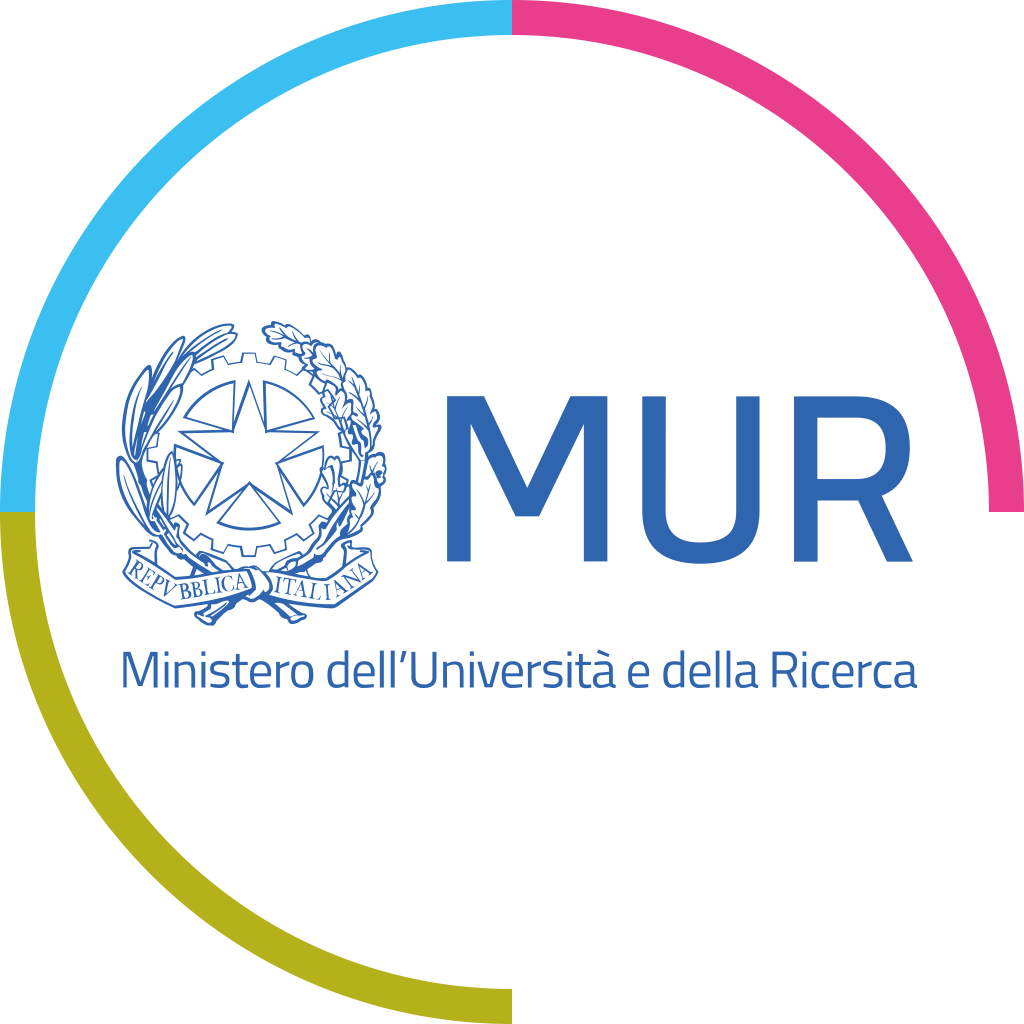Despite few approaches emerging in the last years, the delivery of large, hydrophilic molecules into the brain is still a formidable challenge.
Commonly, water-soluble drugs are chemically modified to become blood brain barrier (BBB)-penetrating. It is done by adding a lipid block, to endow the drug of a passive crossing mechanism (10.2174/13816128113199990463), or developing a drug-peptide conjugate, in which the peptide exploits a receptor-mediated transcytosis (10.1254/jjp.87.97). Another possibility, not involving the modification of the drug, is the use of a nanoparticle-based system. While the drug is safely entrapped in their structure, nanoparticles (NPs) can be decorated to have specific BBB transcytosis properties. Upon their distribution into the brain, NPs can release the drug with a controlled kinetics, prolonging drug administration to tissues with a single administration of the formulation (10.1038/s41573-020-0090-8, 10.1016/B978-0-12-820757-4.00002-8).
Degradable polymer NPs are valid candidates for drug delivery, being simple to be prepared and functionalized. Safe degradable polymers used in NP preparation are, mainly, poly(hydroxyalkanoate)s; FDA already approved some of these for clinical applications (10.2147/IJN.S46900, 10.1016/j.semcancer.2022.06.011). Poly(hydroxyalkanoate)s are hydrophobic polymers and can be processed in solid NPs upon solubilization in organic solvents. Unfortunately, this process is not recommended for the entrapment of hydrophilic water-soluble drugs, like proteins or peptides. On the other hand, hydrophilic polymers can entrap water-soluble drugs, but obtained NPs thereof are not stable in biological fluids as blood. Self-assembled nanoparticles (SANPs) are a valid alternative to solid NPs to overcome encapsulation limitations. SANPs are supramolecular metastable architectures obtained from the spontaneous aggregation of amphiphilic molecules. The self-assembly is governed by solvents composing the dispersed phase and the continuum phase. The ratio of dispersed and continuum phase determines the final architecture of SANPs. SANPs are a safe and efficient alternative to solid NPs: their viscoelastic (10.3390/polym11010163, 10.1039/c8ra01014e, 10.1016/B978-0-12-803581-8.10449-7) and deformable (10.1080/1385772X.2012.688328) structure makes them safer to be administered than solid NPs. Moreover, SANPs have the advantage that they can deform their structure upon the application of small loads, e.g., small fluid dynamic stresses in the bloodstream. This aspect can be favorably exploited to limit peripheral vessel occlusion. As well as conventional solid NPs, SANPs are easy to be chemically modified to improve their performance or to add specific functionalities. SANPs are prepared by using amphiphiles like small molecules or polymers. Degradable di-block amphiphilic copolymers are suitable to prepare SANPs for drug delivery uses. Di-block copolymers contain one hydrophilic and one hydrophobic block. The di-block structure allows preparing core/shell structures called polymer micelles. Commonly, in micelles the core is hydrophobic and the shell hydrophilic. It enables the encapsulation of hydrophobic molecules in the core. Micelles revert their structure when prepared by inverting the dispersed and the continuum phases, giving reversed micelles (RMs). The reversed conformation, with a hydrophilic core and a hydrophobic shell, entraps hydrophilic drugs more easily. Self-assembled RMs are metastable, in particular in aqueous environments. Metastability leads to the inversion of the reversed structure upon small dilutions, or the disaggregation upon larger dilutions like, for example, when they are injected in the bloodstream. Thus, reversed micelles should necessarily be stabilized to be used for drug delivery.
We have recently developed a new polymeric and degradable nanoparticulate system based on stabilized reversed micelles that can:
i. encapsulate proteins;
ii. be dispersed in an aqueous environment without compromising its integrity;
iii. get into the mouse brain in therapeutic concentrations via systemic administration.
These results are the object of a patent application that we recently filed (July 14th, 2022): “REVERSED MICELLES FOR DELIVERY OF HYDROPHILIC DRUGS”, ref. 102022000014791. At the moment, we evaluate the technology readiness level (TRL) of our product as: TRL = 3 for the specific delivery of the enzyme Galactosylceramidase (GALC), the missing enzyme in Krabbe disease (OMIM #245200); TRL = 2 for delivering other hydrophilic drugs (e.g., nucleic acids, antibodies, peptides).
Project Goals
- In view of a potential mid-term clinical translation, the first goal is to further develop and fully characterize (1) our SRMs (the customizable, not loaded nanovector) and (2) the complete nanoformulation obtained by loading GALC into SRMs (GALC-SRMs) in terms of: i. biodistribution; ii. toxicity (including design studies for GLP safety certification); iii. scalability of the production process. [target TRL = 4/5]
- The second goal is to develop and test in vivo a new SRM formulation suitable for the fastest industrial exploitation by one of the project stakeholders (Pharmanutra S.p.A), with the encapsulation of hydrophilic mineral (e.g. magnesium) or vitamin (e.g. vitamin B12) compounds [Food Supplement-SRMs (FS-SRMs)]. We will choose the specific supplement according to the industrial view, oriented to the market share consolidation of Pharmanutra, at the project beginning. [target TRL = 3/4].


